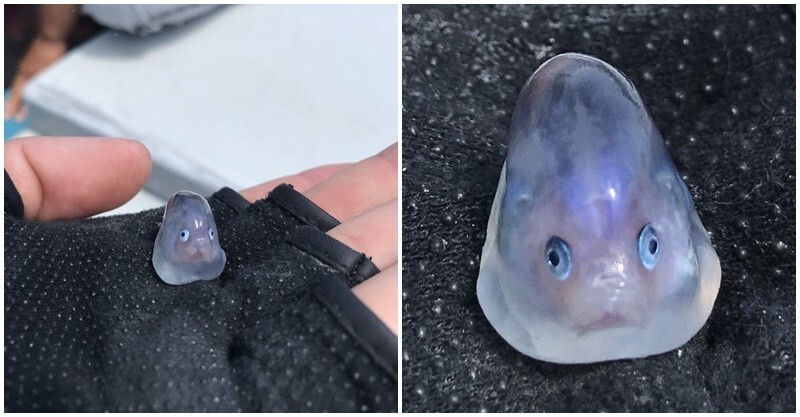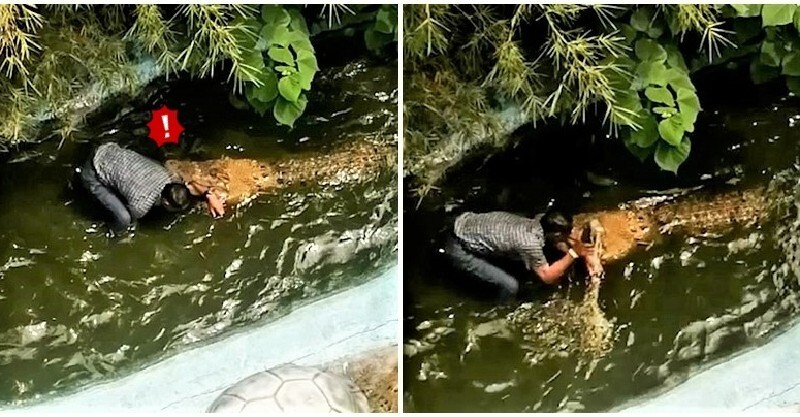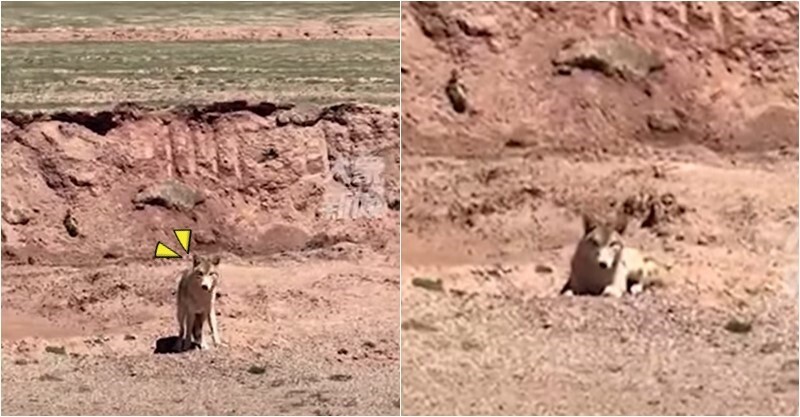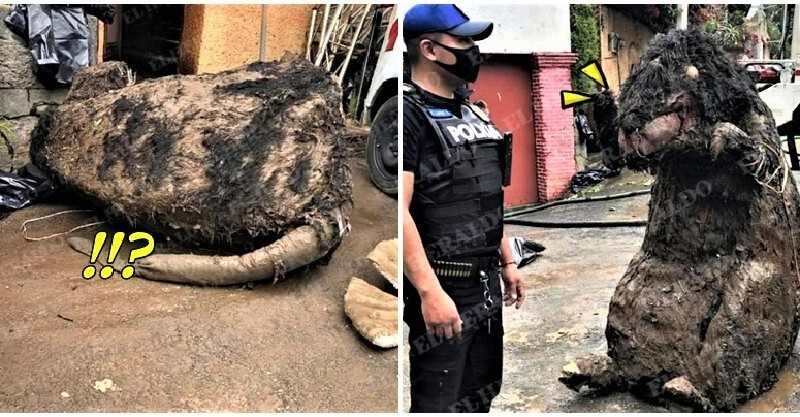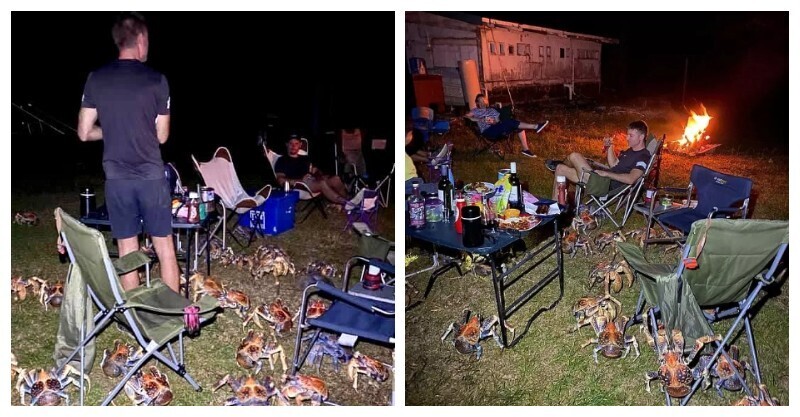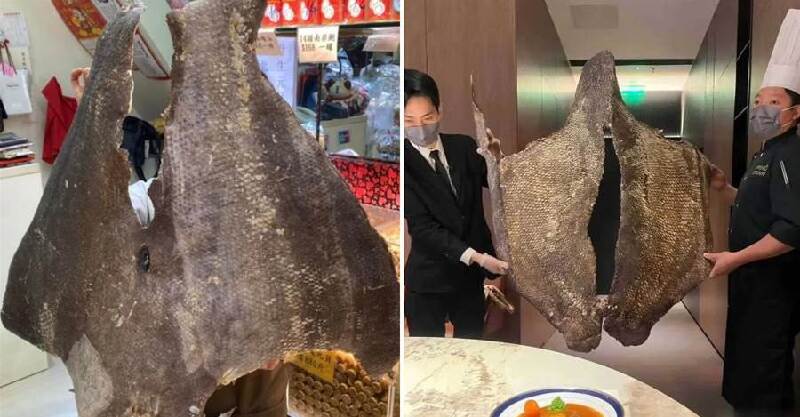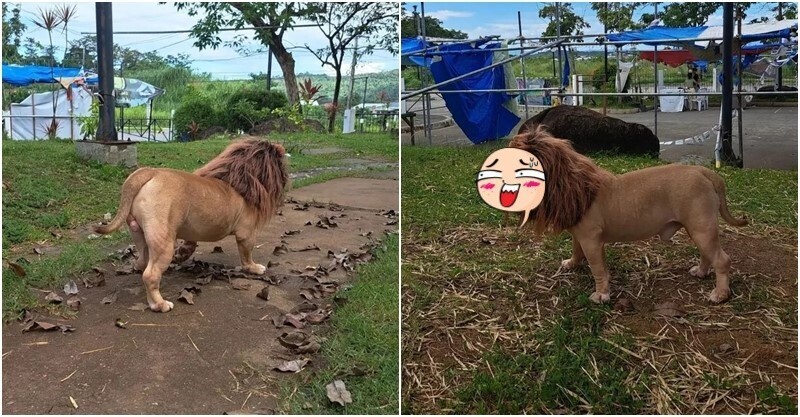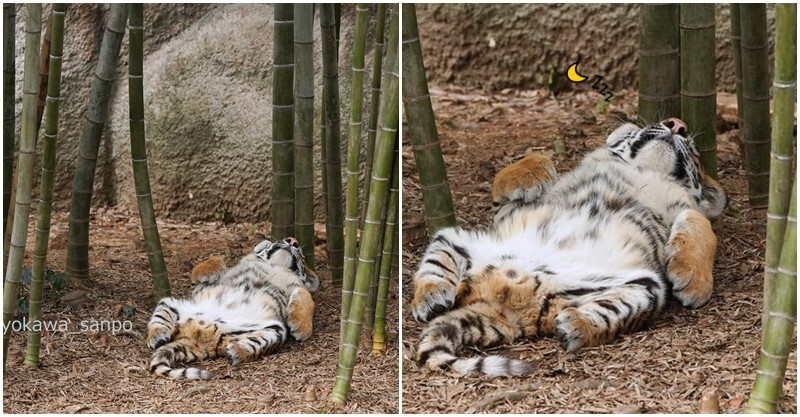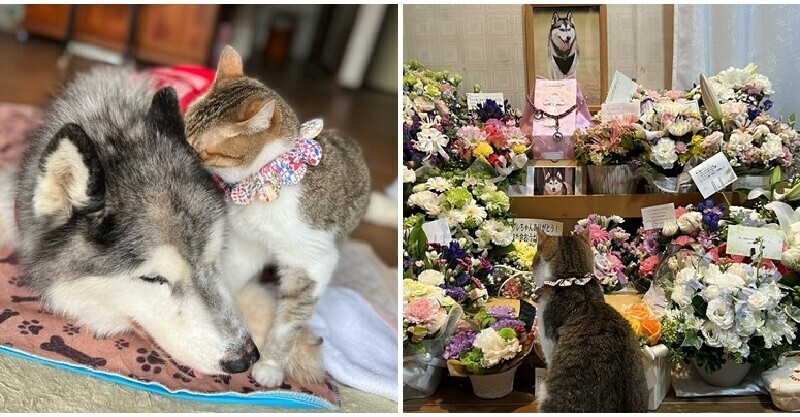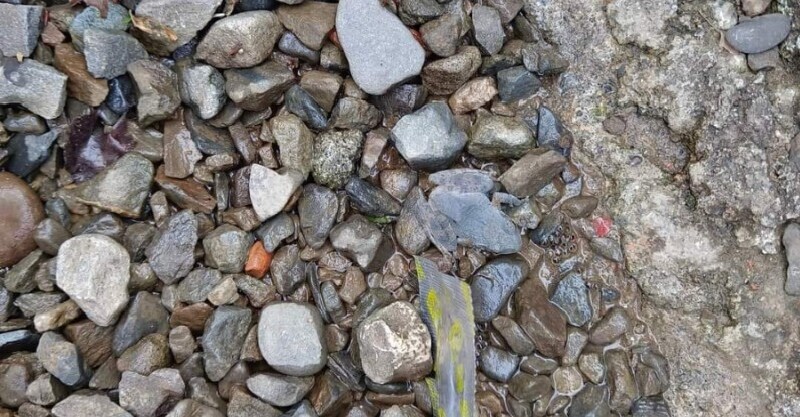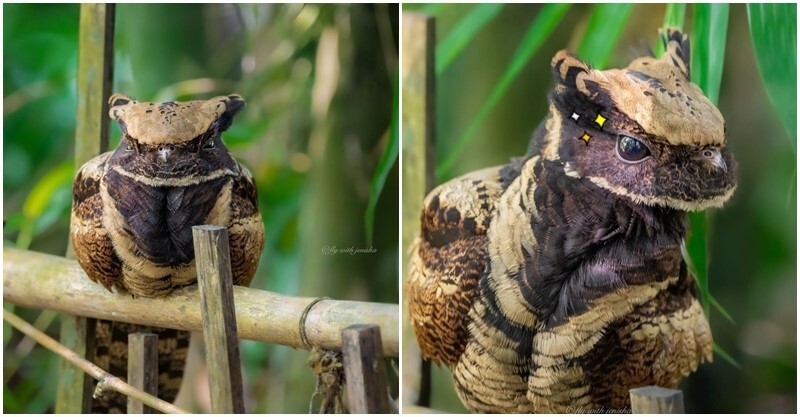現在大眾對「黑貓」的接受度都普遍提高、認為不過就是一種毛色罷了,儘管還是有人會認為在路上看到黑貓不太吉利,但對來自英國的野生動物攝影師特納(George Turner)來說,這次「遇見黑貓」的經驗,可是相當難得的幸運!
先特納到非洲坦尚尼亞的納米里平原地區(Namiri Plains)拍照,竟巧遇了一隻黑色大貓咪,從牠的身形判斷,原來那是一隻「藪貓」(serval cat),但和一般藪貓擁有斑紋花色不同,這隻藪貓是全然的黑色,這是非常稀有罕見的!
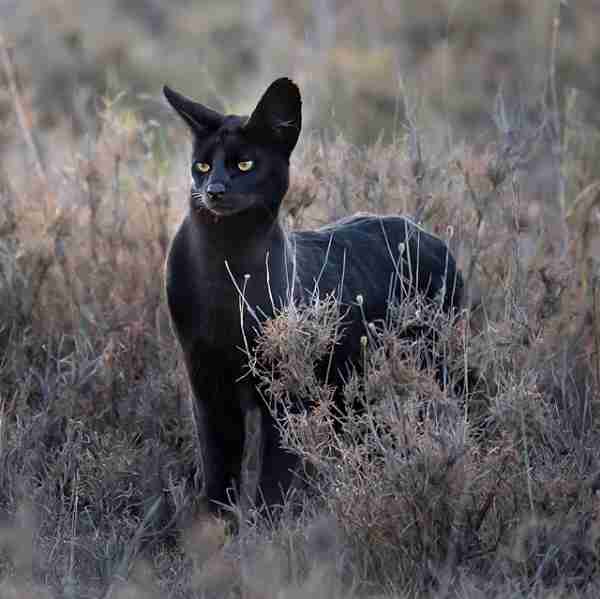
通常藪貓都是長這樣的...
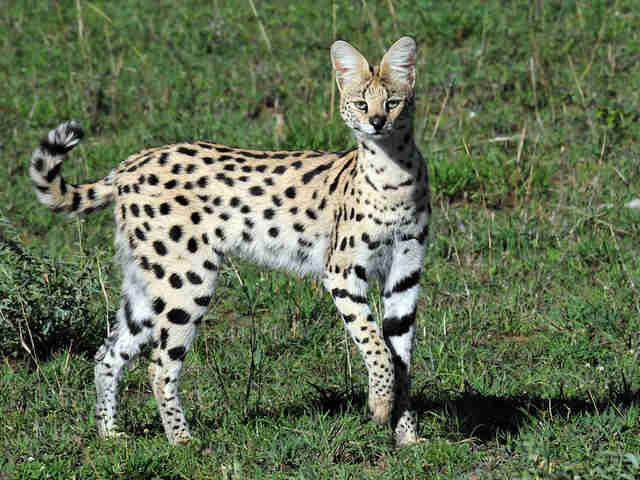
而為何這隻藪貓如此與眾不同?一般認為那是一種隱性基因黑化症,這種黑色素疾病會使動物的皮膚和毛皮有異常的深色色素沉著,就像黑豹也是一樣的道理。
透納表示,其實通常就連要拍到正常的藪貓也是很靠運氣的,因為藪貓個性較為害羞,又隱沒在高高的草叢中,能看到已經很幸運了,沒想到他這次不但看到了藪貓、而且還是全黑的稀有藪貓!雖然特納只拍下一張照片,大黑貓就跑掉了,但想必這個畫面已讓他永生難忘。
The black serval. Can't describe how mind-blowing this was... and still is. For context, even seeing a “normal” serval is tough. They’re shy, secretive cats that tend to live in tall grasses — the perfect combination for staying unnoticed. Every time I’ve been privileged enough to see them, my heart skips a beat. Melanism (increased development of the dark-coloured pigment melanin in skin/hair) in servals primarily occurs in East Africa, particularly in the highland regions over 2000m, which is what makes this sighting particularly special. At around 1000m, the Namiri Plains, Tanzania, are considerably "lower" than the normal altitude were melanism is more prevalent. It's likely this particular serval travelled from the nearby - and much higher - Ngorongoro Crater and established a new territory. Nobody *really* knows why melanism occurs in servals. Some think the increased altitude (and forested habitat that comes with it) reduces exposure to daylight, encouraging melanism. There’s no guarantee that “Manja” (named after the guide at @asiliaafrica who first spotted him), should he find a mate, will produce melanistic kittens. As melanism is carried by a recessive gene, it could be years before any begin appearing in the area. The hope, for now, is that he continues to flourish in the grasslands and build on his territory. Also, what serval could resist those charming good looks?! [D5, 500mm f/4]
George Turner(@georgetheexplorer)分享的貼文 於張貼


